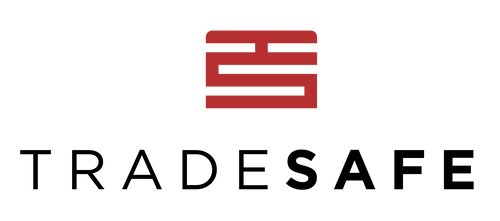-
-38%
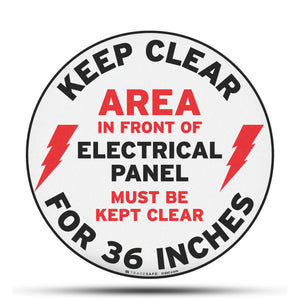
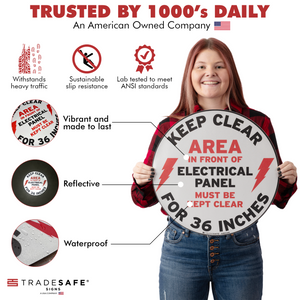
Electrical Panel Clearance Floor Sign
Regular price $36.95Regular price$60.00-38%Sale price $36.95 -
-49%
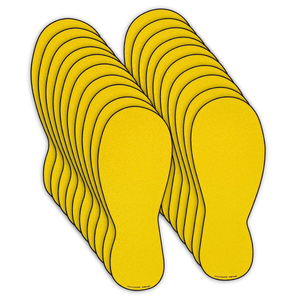
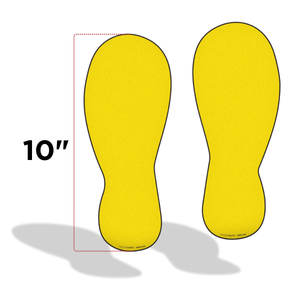
Anti-Slip Floor Sign – Yellow Footprint Stickers for Floor – 10 Pairs per Pack – 10” Long
Regular price $25.55Regular price$50.00-49%Sale price $25.55 -
-17%
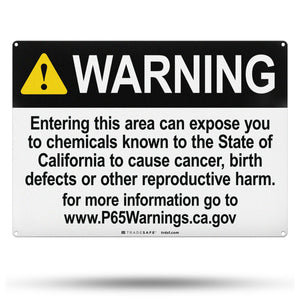

Prop-65 Cancer and Reproductive Harm Aluminum Sign
Regular price $24.95Regular price$30.00-17%Sale price $24.95 -
0%
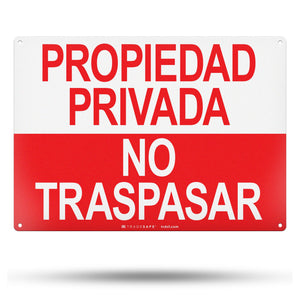
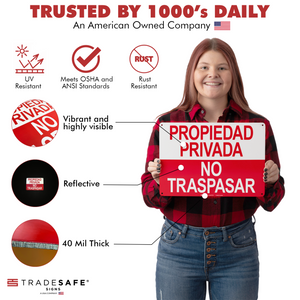
Propiedad Privada No Traspasar (Private Property No Trespassing) Aluminum Sign
Regular price $24.95Regular price$25.000%Sale price $24.95 -
-15%
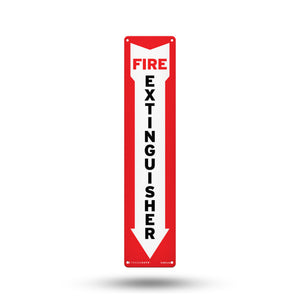
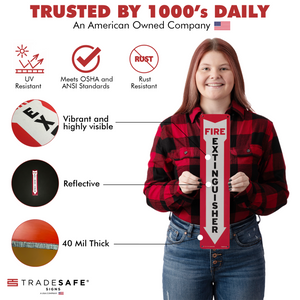
Fire Extinguisher Below Aluminum Sign
Regular price $16.95Regular price$20.00-15%Sale price $16.95 -
Sold out
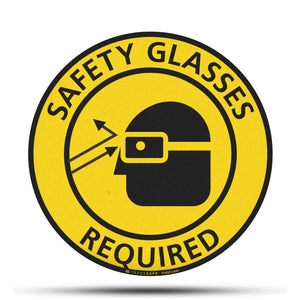
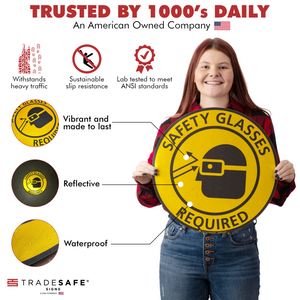
Safety Glasses Required Floor Sign
Regular price $36.95Regular price$60.00-38%Sale price $36.95 -
0%
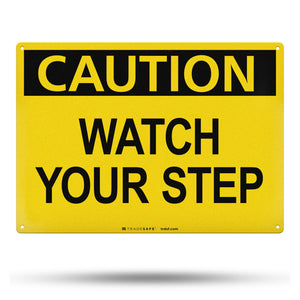
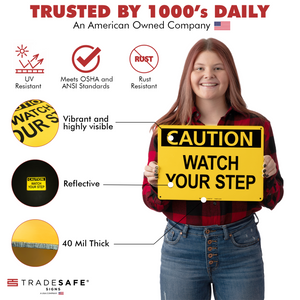
Watch Your Step Aluminum Sign
Regular price $24.95Regular price$25.000%Sale price $24.95 -
-17%
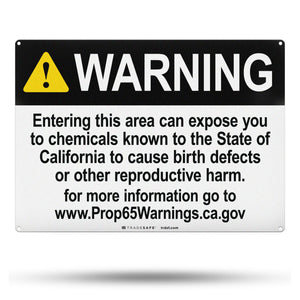
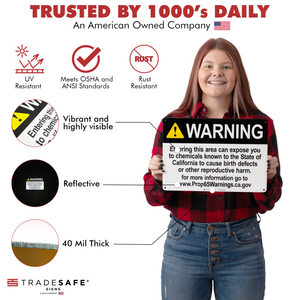
Prop-65 Reproductive Harm Aluminum Sign
Regular price $24.95Regular price$30.00-17%Sale price $24.95 -
0%
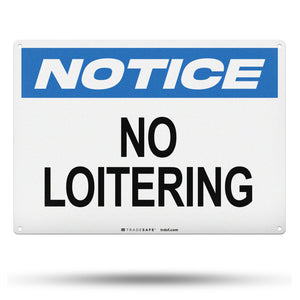
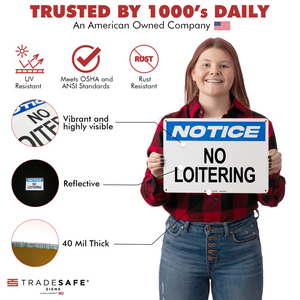
Notice - No Loitering Aluminum Sign
Regular price $24.95Regular price$25.000%Sale price $24.95 -
0%

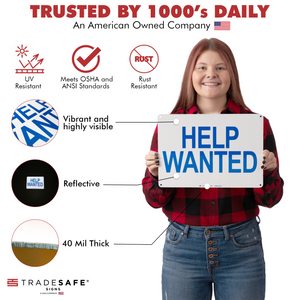
Help Wanted Aluminum Sign
Regular price $24.95Regular price$25.000%Sale price $24.95 -
-20%

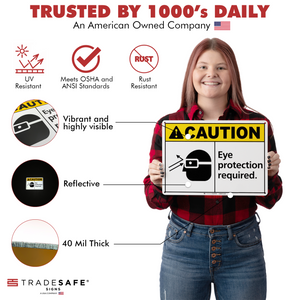
Eye Protection Required Aluminum Sign
Regular price $19.95Regular price$25.00-20%Sale price $19.95 -
0%

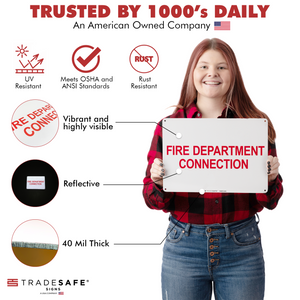
Fire Department Connection Aluminum Sign
Regular price $24.95Regular price$25.000%Sale price $24.95 -
-38%
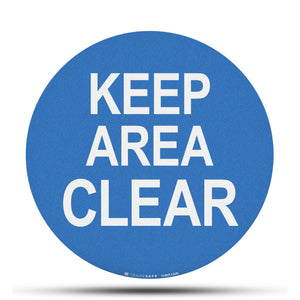
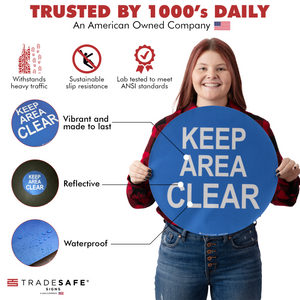
Anti-Slip Floor Sign – "Keep Area Clear" Sign – 17” Diameter
Regular price $36.95Regular price$60.00-38%Sale price $36.95 -
-38%
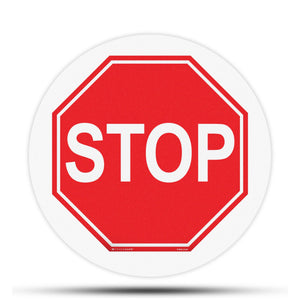
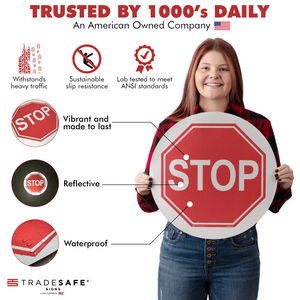
Floor Stop Sign Floor Sticker
Regular price $36.95Regular price$60.00-38%Sale price $36.95 -
-38%
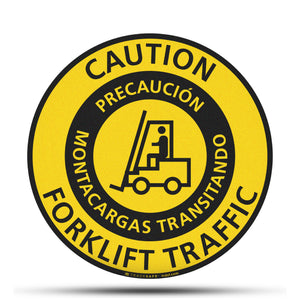
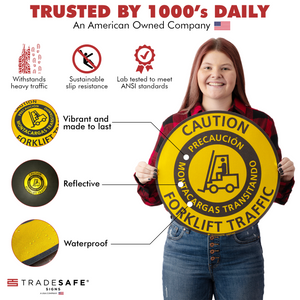
Caution Forklift Traffic Bilingual Floor Sign
Regular price $36.95Regular price$60.00-38%Sale price $36.95 -
-38%
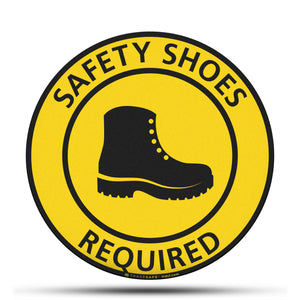
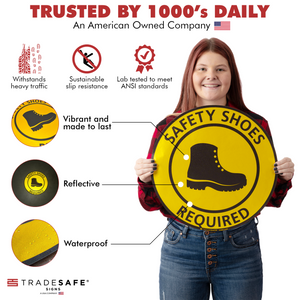
Safety Shoes Required Floor Sign
Regular price $36.95Regular price$60.00-38%Sale price $36.95 -
-23%
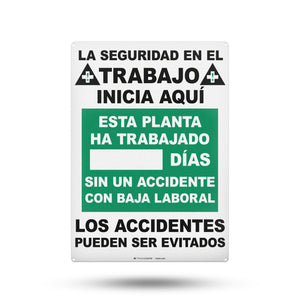
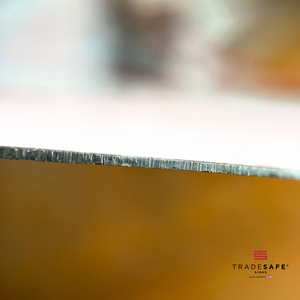
La Seguridad En El Trabajo Inicia Aqui (On The job Safety Begins Here) Aluminum Sign
Regular price $115.95Regular price$150.00-23%Sale price $115.95 -
-23%
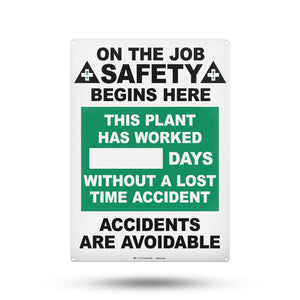
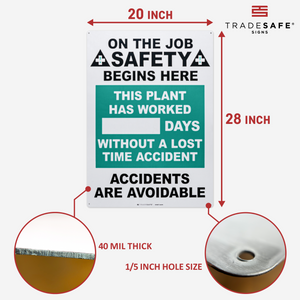
Lost Time Accident Aluminum Sign
Regular price $115.95Regular price$150.00-23%Sale price $115.95 -
0%
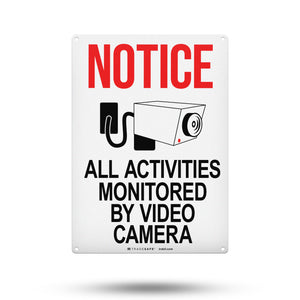
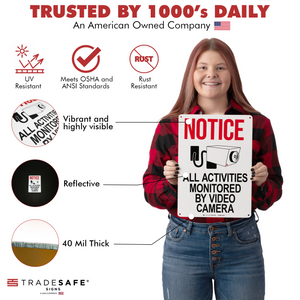
All Activities Monitored by Video Camera Aluminum Sign
Regular price $24.95Regular price$25.000%Sale price $24.95 -
-10%
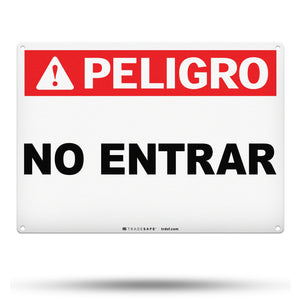
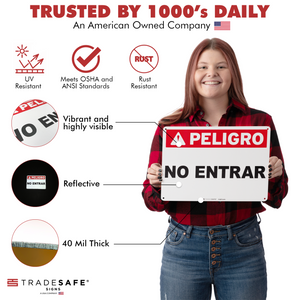
Peligro, No Entrar (Danger Do Not Enter) Aluminum Sign
Regular price $26.95Regular price$30.00-10%Sale price $26.95 -
0%
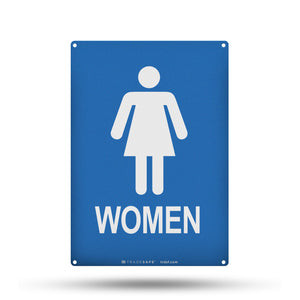
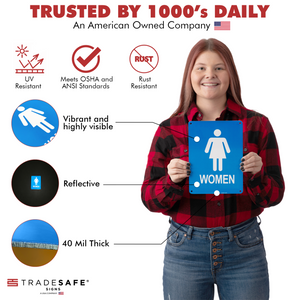
Women’s Restroom Aluminum Sign
Regular price $24.95Regular price$25.000%Sale price $24.95 -
-40%
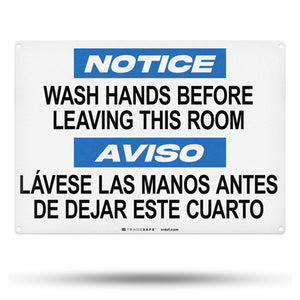
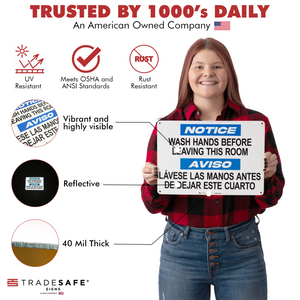
Wash Hands Before Leaving This Room, Lávese Las Manos Antes De Dejar Este Cuarto Aluminum Sign
Regular price $29.95Regular price$50.00-40%Sale price $29.95 -
0%
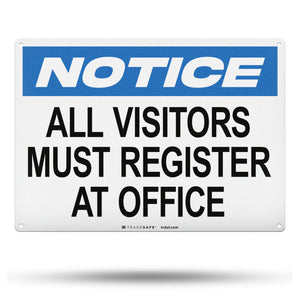
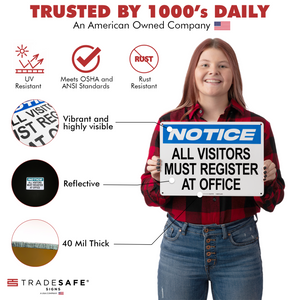
All Visitors Must Register at Office Aluminum Sign
Regular price $24.95Regular price$25.000%Sale price $24.95 -
0%
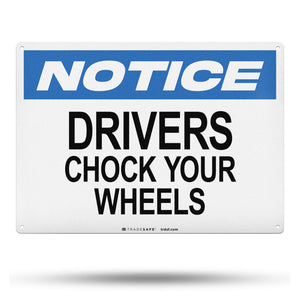
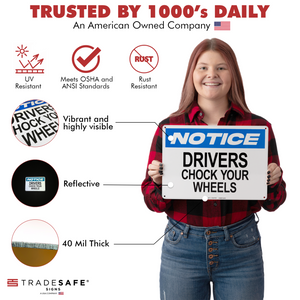
Drivers Chock Your Wheels Aluminum Sign
Regular price $24.95Regular price$25.000%Sale price $24.95 -
0%
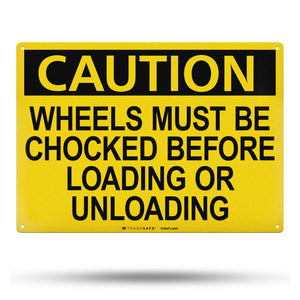
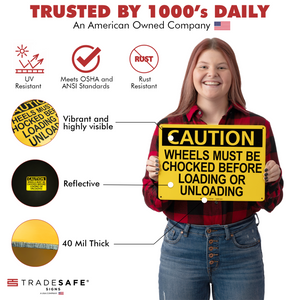
Wheels Must Be Chocked Aluminum Sign
Regular price $24.95Regular price$25.000%Sale price $24.95 -
-20%
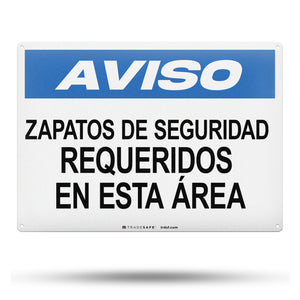
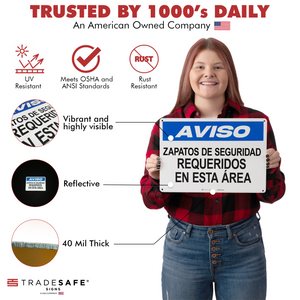
Zapatos de Seguridad Requeridos (Safety Shoes Required) Aluminum Sign
Regular price $19.95Regular price$25.00-20%Sale price $19.95 -
0%
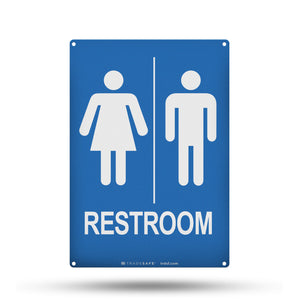
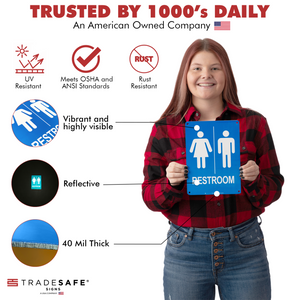
Unisex Restroom Aluminum Sign
Regular price $24.95Regular price$25.000%Sale price $24.95 -
0%
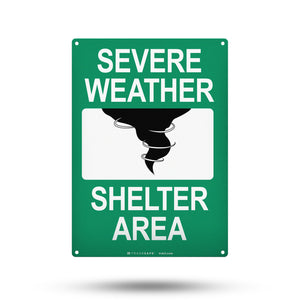
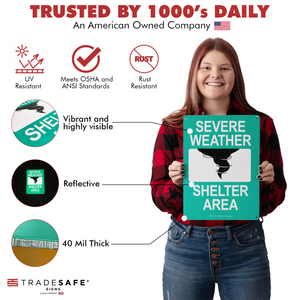
Severe Weather Shelter Area Aluminum Sign
Regular price $24.95Regular price$25.000%Sale price $24.95 -
0%
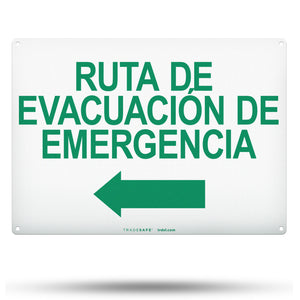
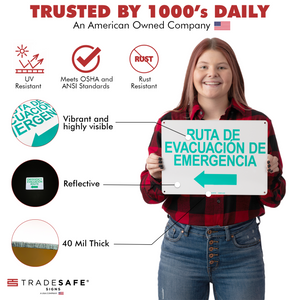
Ruta De Evacuación De Emergencia - Emergency Evacuation Route (Left Arrow) Aluminum Sign
Regular price $24.95Regular price$25.000%Sale price $24.95 -
0%
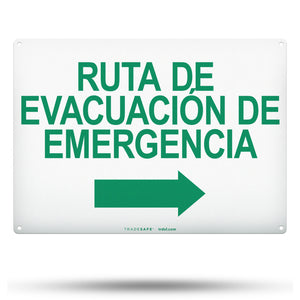
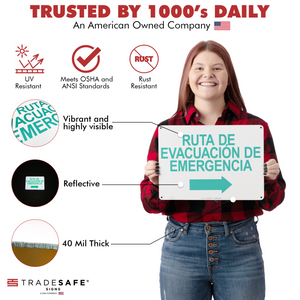
Ruta De Evacuación De Emergencia (Right Arrow) - Aluminum Evacuation Signs | TRADESAFE
Regular price $24.95Regular price$25.000%Sale price $24.95 -
0%
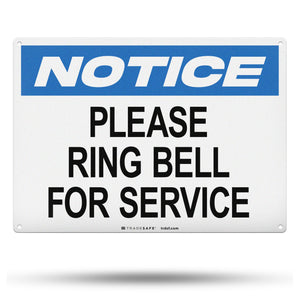
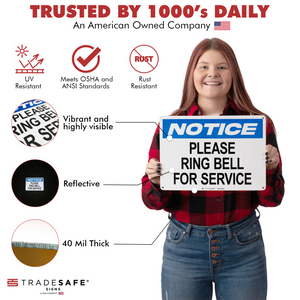
Ring Bell for Service Aluminum Sign
Regular price $24.95Regular price$25.000%Sale price $24.95 -
0%
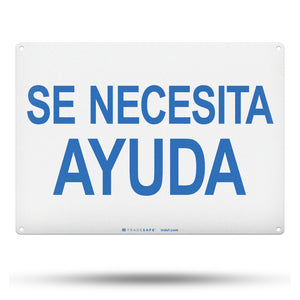
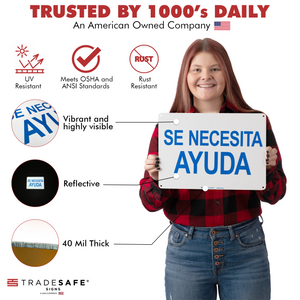
Se Necesita Ayuda (Help Wanted) Aluminum Sign
Regular price $24.95Regular price$25.000%Sale price $24.95 -
0%
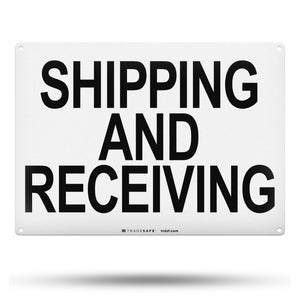
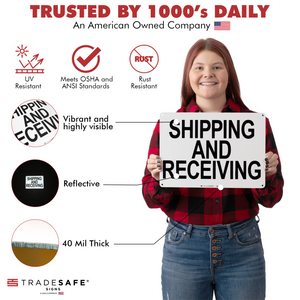
Shipping and Receiving Aluminum Sign
Regular price $24.95Regular price$25.000%Sale price $24.95 -
0%
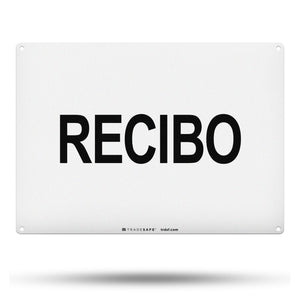
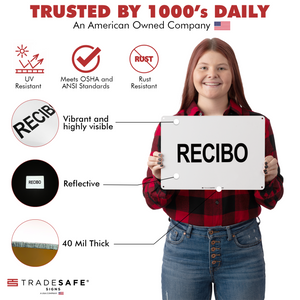
Recibo (Receiving) Aluminum Sign
Regular price $24.95Regular price$25.000%Sale price $24.95 -
0%
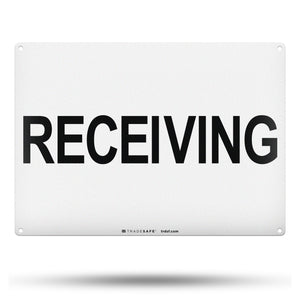
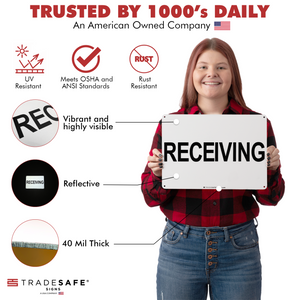
Receiving Aluminum Sign
Regular price $24.95Regular price$25.000%Sale price $24.95 -
0%
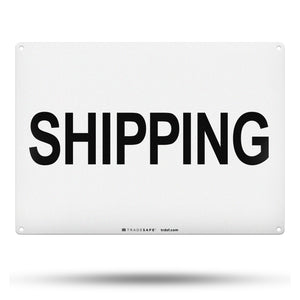
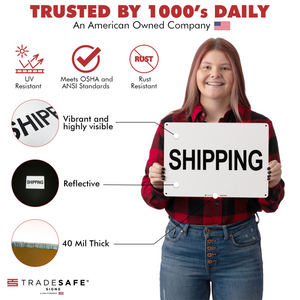
Shipping Aluminum Sign
Regular price $24.95Regular price$25.000%Sale price $24.95 -
-17%
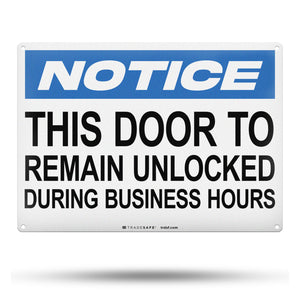
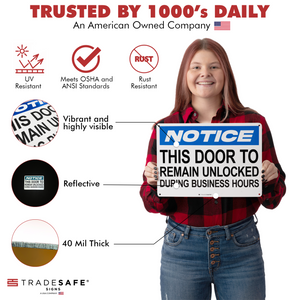
This Door To Remain Unlocked Aluminum Sign
Regular price $24.95Regular price$30.00-17%Sale price $24.95 -
0%
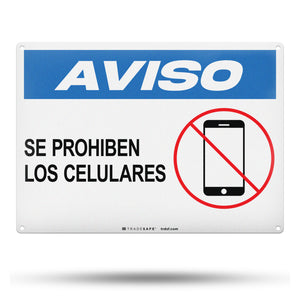
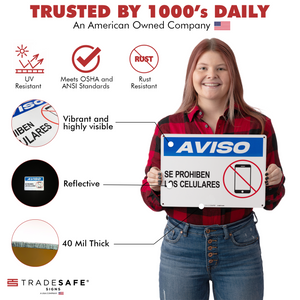
Se Prohiben Los Celulares (Cellular Phones Prohibited) Aluminum Sign
Regular price $24.95Regular price$25.000%Sale price $24.95 -
-20%
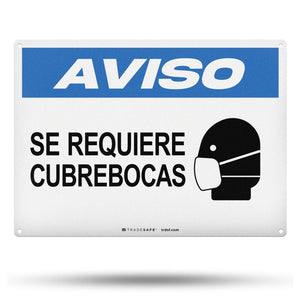
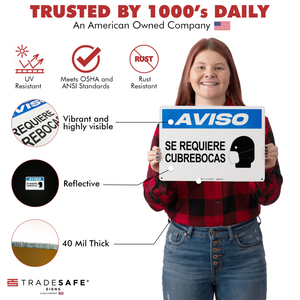
Se Requiere Cubrebocas (Face Mask Required) Aluminum Sign
Regular price $19.95Regular price$25.00-20%Sale price $19.95 -
0%
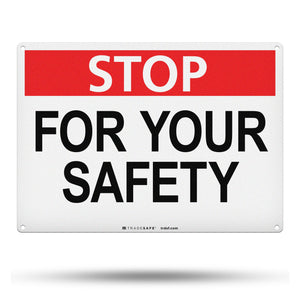
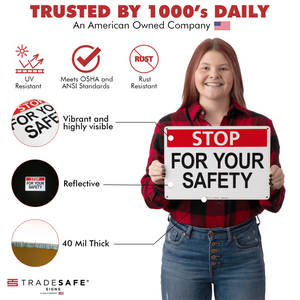
Stop For Your Safety Aluminum Sign
Regular price $24.95Regular price$25.000%Sale price $24.95 -
-20%


Safety Shoes Required Aluminum Sign
Regular price $19.95Regular price$25.00-20%Sale price $19.95 -
-20%


Safety Glasses Required Aluminum Sign
Regular price $19.95Regular price$25.00-20%Sale price $19.95 -
-20%
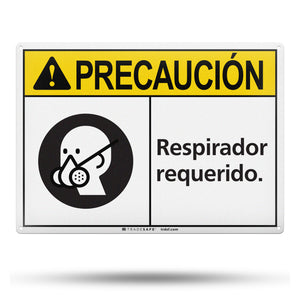
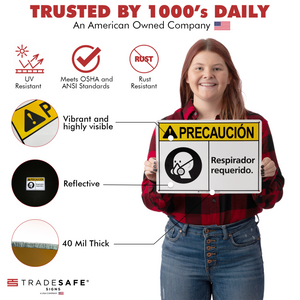
Respirador Requerido (Respirator Required) Aluminum Sign
Regular price $19.95Regular price$25.00-20%Sale price $19.95 -
-20%
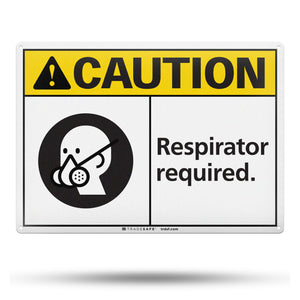
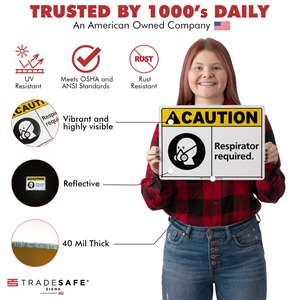
Respirator Required Aluminum Sign
Regular price $19.95Regular price$25.00-20%Sale price $19.95 -
-34%


Safety Vest Required Aluminum Sign
Regular price $19.95Regular price$30.00-34%Sale price $19.95 -
-20%
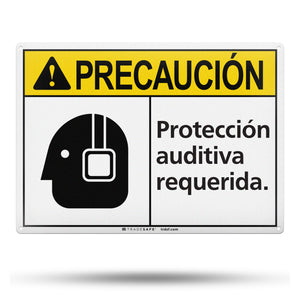
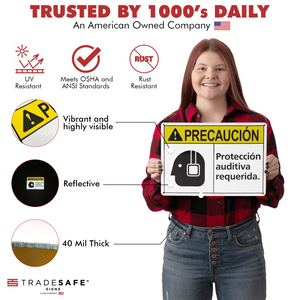
Protección Auditiva Requerida (Hearing Protection Required) Aluminum Sign
Regular price $19.95Regular price$25.00-20%Sale price $19.95 -
-20%
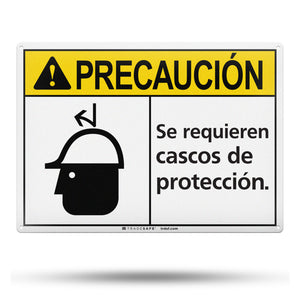
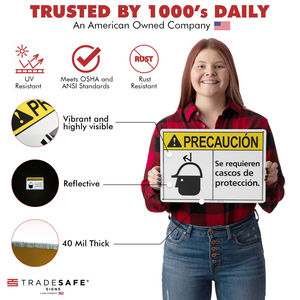
Se Requieren Cascos de Protección (Hard Hats Required) Aluminum Sign
Regular price $19.95Regular price$25.00-20%Sale price $19.95 -
-20%
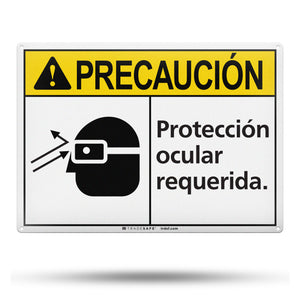
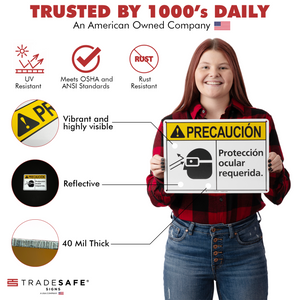
Protección Ocular Requerida (Eye Protection Required) Aluminum Sign
Regular price $19.95Regular price$25.00-20%Sale price $19.95
Workplace safety has many facets, including the proper and effective communication of hazards and safety requirements. This is where workplace safety signs come in. These signs are designed to warn against hazards and dangers, remind employees of safety policies, notify them of guidelines and directions, and many more.
TRADESAFE offers a wide variety of signs, ranging from caution signs to business signs. We offer floor signs, COVID-19 signs, fire safety signs, Prop 65 warning signs, facility signs, and many other kinds of signs that can help keep your workplace safe and well-organized. Each sign is made of high-quality materials and has a light-reflecting surface that enhances the visibility of any message you want to convey.
Industrial and commercial environments can be demanding. These workplace safety signs will help make sure that employees and visitors are aware of any significant hazards, policies, and directions.
